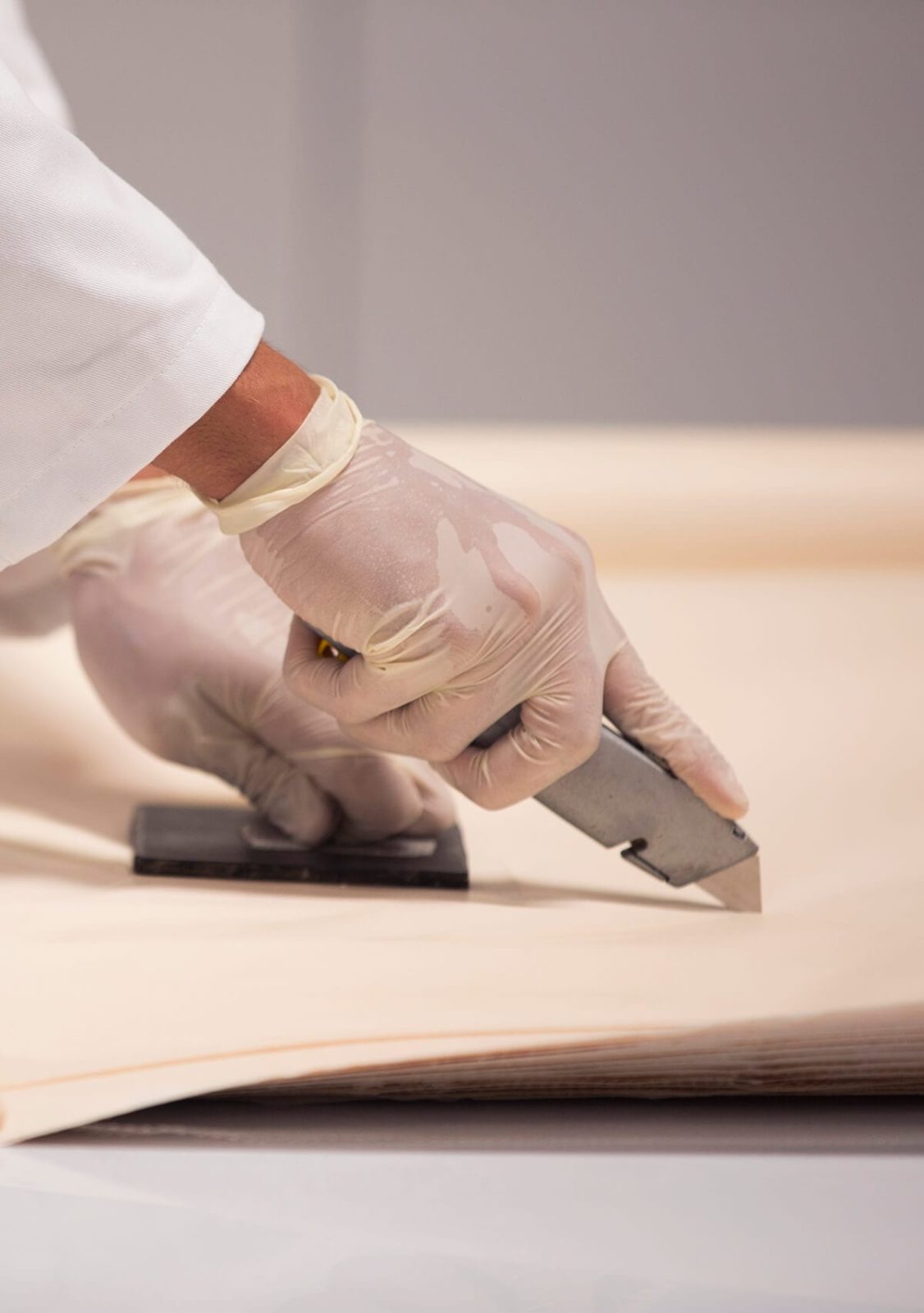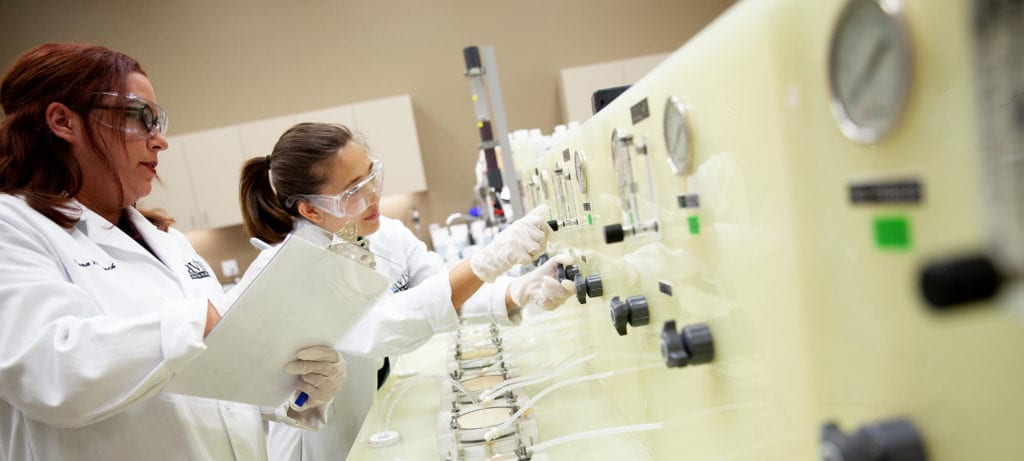Membrane CIP (Clean in Place): A Complete Guide
Analysts expect the global market for reverse osmosis membranes to be worth $5 billion by 2026. Operating a membrane system can be a challenging task. Ensuring proper operation is critical to maintain the quality of the end product.
As part of the operation and maintenance of any membrane system, membrane cleaning is crucial. Having a successful CIP can help lower operating pressures, improve quality, and extend membrane life.
It can optimize membrane performance and extend membrane life. Learn more about membrane CIP and how you can optimize your membrane system performance.
What Is Membrane CIP?
Clean-in-place (CIP) is a procedure to clean the interior of membranes of the reverse osmosis (RO) system. Membrane CIP lets you conduct cleaning without disassembling the water treatment system.
CIP cleans and rinses using a cleaning solution. It removes foulants that accumulate on the membrane surface during standard operations.
When to Conduct an RO/NF CIP Cleaning Procedure
It is recommended to follow the membrane manufacturer’s guidelines for cleaning frequency. Membranes can suffer damage if cleaning does not happen at the recommended cleaning intervals based on system performance.
The use of data normalization can help determine when to clean. Most manufacturers recommend cleaning when:
- Normalized permeate flow decreases by 10%
- Normalized pressure differential increases by 15%
- Normalized salt rejection decreases by 10%
Using normalized data is important. Operating conditions constantly change. Normalized data lets you compare the RO membrane performance against a standard that eliminates factors that naturally affect membrane operations like temperature and salinity.
RO CIP Chemicals
The feedwater and system design will impact membrane operation in an RO system. These generally determine the type of foulants that the system may be more prone to experience. The type of chemicals to use for clean-in-place depends on the type of foulant.
For example, a high pH cleaning solution may be used to clean biological matter. A low pH cleaner may be used to clean mineral scale.
In most environments, you will need both types of cleaning chemicals. Performing the low pH clean before the high pH clean is often the most effective.
Every facility is different, though. Cleaning can be an art and evolve from trial and error. You may consider a membrane autopsy to determine the specific foulants on the membrane surface and how to best remove them.
Benefits of Formulated Cleaning Chemicals
Chemicals like sodium hydroxide and nitric acid are traditional choices for CIP. However, formulated cleaning chemicals have many advantages. They can help you extend system run times, reduce cleaning frequency, and increase the productive life of RO system elements.
Vitec Antiscalants
The Avista line of Vitec antiscalants inhibits scale while dispersing colloidal particles. Vitec antiscalants are very effective at low dose rates. Formulations for a variety of feedwaters are available, like brackish, wastewater, and seawater.
RoClean Cleaners
Avista RoClean cleaners are an efficient and cost-effective way to remove many types of foulants and scales. RoClean products are available in a liquid or a powder in a variety of pHs.
RoClean P192 is a new, buffered cleaner with a high pH. It disperses silica scale on the membrane surface. It also reduces high differential pressure from severe biological, organic, or particulate foulants.
Biocides
You can apply Avista biocides intermittently, as a continuous injection, or as a periodic addition to your CIP system. Stabilized halogen biocides treat a wide range of bacteria. They make using activated carbon filters for slime control possible.
Avista biocides can prevent membranes from deteriorating and reduce the frequency with which you need to clean them.
RO Plant CIP Process
The RO plant CIP process will vary from one system to another. A typical CIP procedure includes:
- Pre-rinse
- Low pH cleaning followed by rinse
- High pH cleaning followed by rinse
- Final rinse
- Quality rinse
The pre-rinse has several functions. It displaces feedwater with clean water and confirms the CIP flow path.
The acid cleaning generally dissolves mineral scales or metals on the membrane system. The caustic cleaning is recommended to remove organic material, biological material, and clay from the membrane surface.
In either step, following the proper flow rates is recommended to maximize your cleaning results. Typically, a high flow and low pressure is most effective at removing foulants from the system.
The final rinse ensures that all cleaning chemicals have been removed. The quality rinse helps ensure that the product quality is restored within acceptable operating conditions.
Options for an RO Plant without a CIP System
Large-scale facilities often have a centralized CIP system. A centralized system is automated with multiple cleaning circuits. It delivers cleaning chemicals to the whole facility.
You can get the benefits of a CIP system in an RO plant even without a centralized system.
Mobile CIP Skid
A mobile skid gives you mobility while maintaining control over the RO CIP cleaning procedure. You can move the equipment to where you need it in the facility.
A mobile skid system can heat and maintain the temperature of the cleaning chemicals. It lets you configure settings like temperature, concentration, and flow for automated cleaning.
Skids with multiple reservoirs let you prepare more than one chemical. They are versatile and can give you better results. A skid system can recapture the cleaning chemicals for reuse and recycling.
Off-Site Cleaning
Avista offers off-site membrane cleaning and restoration for when cleaning on-site is not practical or possible. The goal of Avista OSCAR off-site cleaning and restoration is to restore membrane performance to the original factory specifications. You get pre- and post-test data with every order.
As our case studies show, transporting membranes for detailed cleaning is possible and effective. You may be able to exceed the average membrane life.
Get the Most from Your Membrane CIP
Membrane CIP is critical for the safe and efficient functioning of your RO system. To get the best results, you need to follow the proper cleaning guidelines as well as having the proper cleaners to remove foulants.
Avista can help you determine the cleaning procedure that best fits your configuration. Additionally, Avista’s services can help identify the proper cleaning chemistry and procedure.
We offer specific guidance and training on the best CIP procedures to ensure your cleaning process is optimized. To get started, contact our technical team today.




